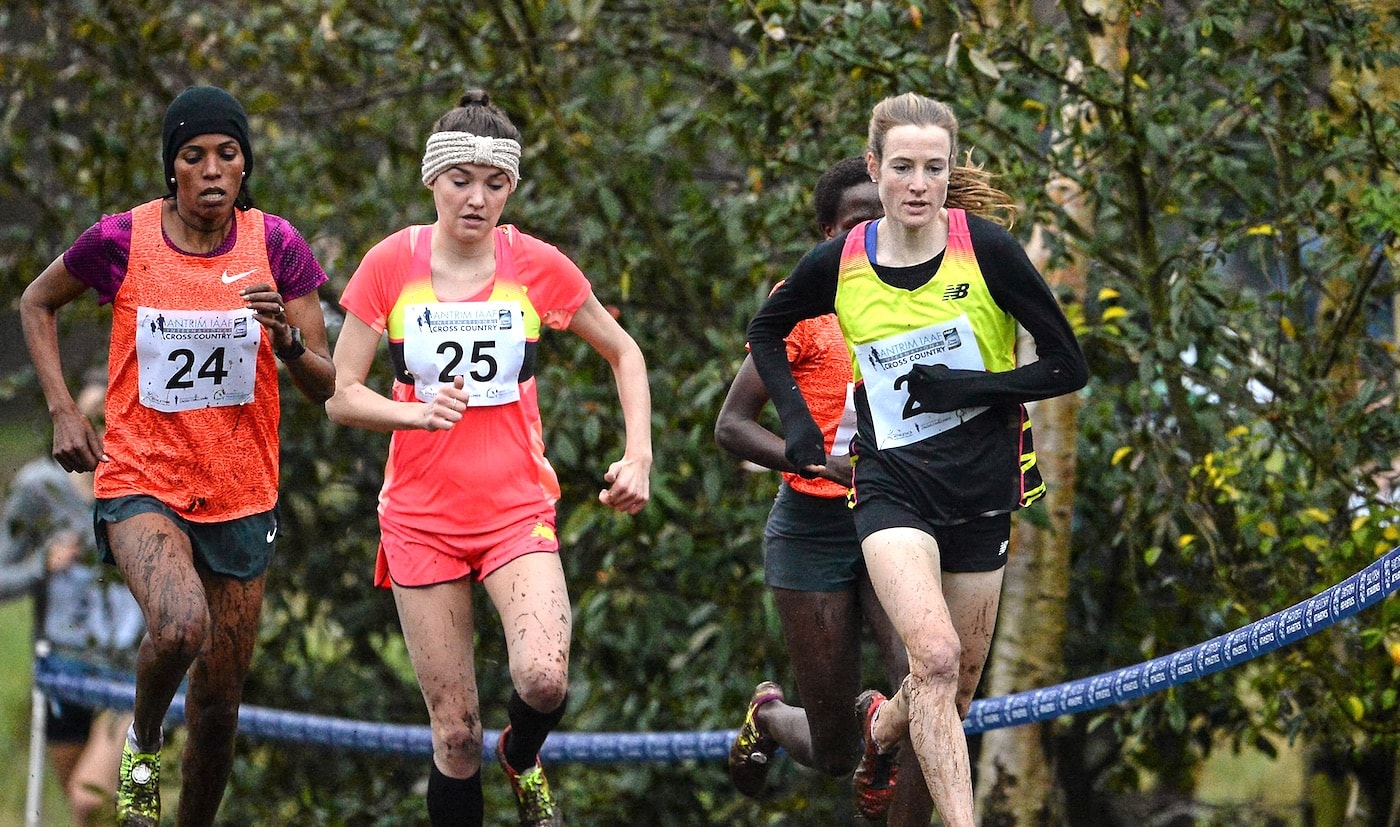
Cross country is the training cornerstone of many successful runners, and as the winter months approach runners and coaches will be busy planning the season ahead.
Runners of all levels can get immense satisfaction the challenge of cross country racing, and the time spent on the undulating hills will help build a strong aerobic foundation, improve your endurance, leaving you mentally and physically robust before the attention turns to the indoor and/or outdoor season.
To use another analogy, think of building an aerobic foundation similar to a bank account, we want to continually make deposits into our account, and then when race day comes you are able to make a big withdrawal. Every time you make a deposit into your account through the use of the training below you are financially (aerobically/physically) in a better place.
Here are 11 types of training that should be included in your cross country training plan.
1. Recovery runs
Recovery runs should be at an easy pace and used day after a workout, race or long run. Keep these very controlled with the aim just to recover from a harder training day.
2. Easy runs
This type of run should be run at easy conversational pace. These can be slightly faster than recovery runs and usually done 2-3 days following a key workout or race or the day before a key workout.
3. Long runs
The long run is the time when the body learns to use fat as a source of fuel and the body increases glycogen storage capacity, and are usually run once a week. It’s a very important part of the training program which helps lay a good aerobic foundation. Try running your long run over rolling hills for added physical benefits. Each week add ten minutes to your run and don’t give it a miss on the key race week.

4. Steady runs
Run at a steady state but controlled, faster than easy pace. These are done at a pace & effort somewhere between easy running and tempo running. One of the benefits of steady runs is you can maintain the pace for a longer distance compared to tempo runs.
5. Threshold (tempo) runs
In this type of run target approximately 80-92% of your MHR (maximum heart rate) or close to your marathon pace for ten miles in distance. You can break it up into tempo intervals of between five to 15 minutes or use as a continuous tempo ranging from 20 to 40 minutes depending on the aim of the workout.
6. Intervals
Intervals at 10km race pace of 800m-1600m in distance with a walk or jog recovery for one to three minutes.
Aim for 4km to 10km in total depending on your levels of fitness, injury history and stage you are at with your training plan.
7. Aerobic fartlek
Go for high volume in terms of time or distance and rotate your pace, ranging from 5km pace at fastest to roughly half marathon pace with time durations of one to three minutes. These are ideally done over rolling terrain on grass or trail. More on aerobic fartleks can be found here.
8. Alactic hill sprints
Find a steep incline and run 40m-60m maximum effort for eight to ten seconds with two to three minutes walking for recovery.
Start on two to three of these and add one per week until you max out at six to eight. Make sure to warm up properly beforehand with some dynamic drills.

9. Hill running
Running hills recruits different muscle fibres and builds muscular endurance. Find longer hills that it takes you one to three minutes to reach the summit and run at a steady aerobic pace with a jog or walk back down to recover.
10. Strength and conditioning
Perform exercises that build plenty of glute & hip strength, single leg balance and stability work, hurdle mobility drills, circuits etc.
11. Cross-training
For runners that can only handle a certain load or volume of mileage then supplement this with cycling, swimming, aqua jogging, x trainer etc. This allows you to get in extra aerobic training without the loading and can pay dividends to your performance.
Whats next?
Now having made plenty of deposits over the base phase of your training and the early preparation phases, be careful with the real race specific training, racing or any type of anaerobic work as these essentially make withdrawals from our bank account. Do small amounts of this type of work to add the icing on the cake and you will be set for your key race day.
Cross country is an aerobic event and the proper foundations must be in place to perform at your best.
Make sure the majority of your training is specific to the type of surface you will be racing on. Get used to running on grass, forest trails, over rolling hills.
Mentally you also need to be prepared for cross country racing. The terrain of the course disrupts your rhythm and it’s a constant battle and challenge that you must be ready for. The course itself can also affect the mental thoughts and confidence of certain runners as some have a specific course they feel suits them best.
So be prepared mentally for all courses, all weather conditions and be ready to tough it out.
Cross country is also dictated by effort or feel of pace as there are no splits, so pacing is of utmost importance during the race. Learn the feel of paces in training and how to pace smart during races.
Challenge yourself to catch the runners in front of you, this is the real beauty of cross country racing as it’s not about the clock but about finishing as high up as you can. And remember the main thing is to enjoy the challenge of cross country racing.
About the Author
Steven Macklin is the National Endurance Coach for Athletics Ireland and Pentathlon Ireland Run with a coaching career spanning over eighteen years.













